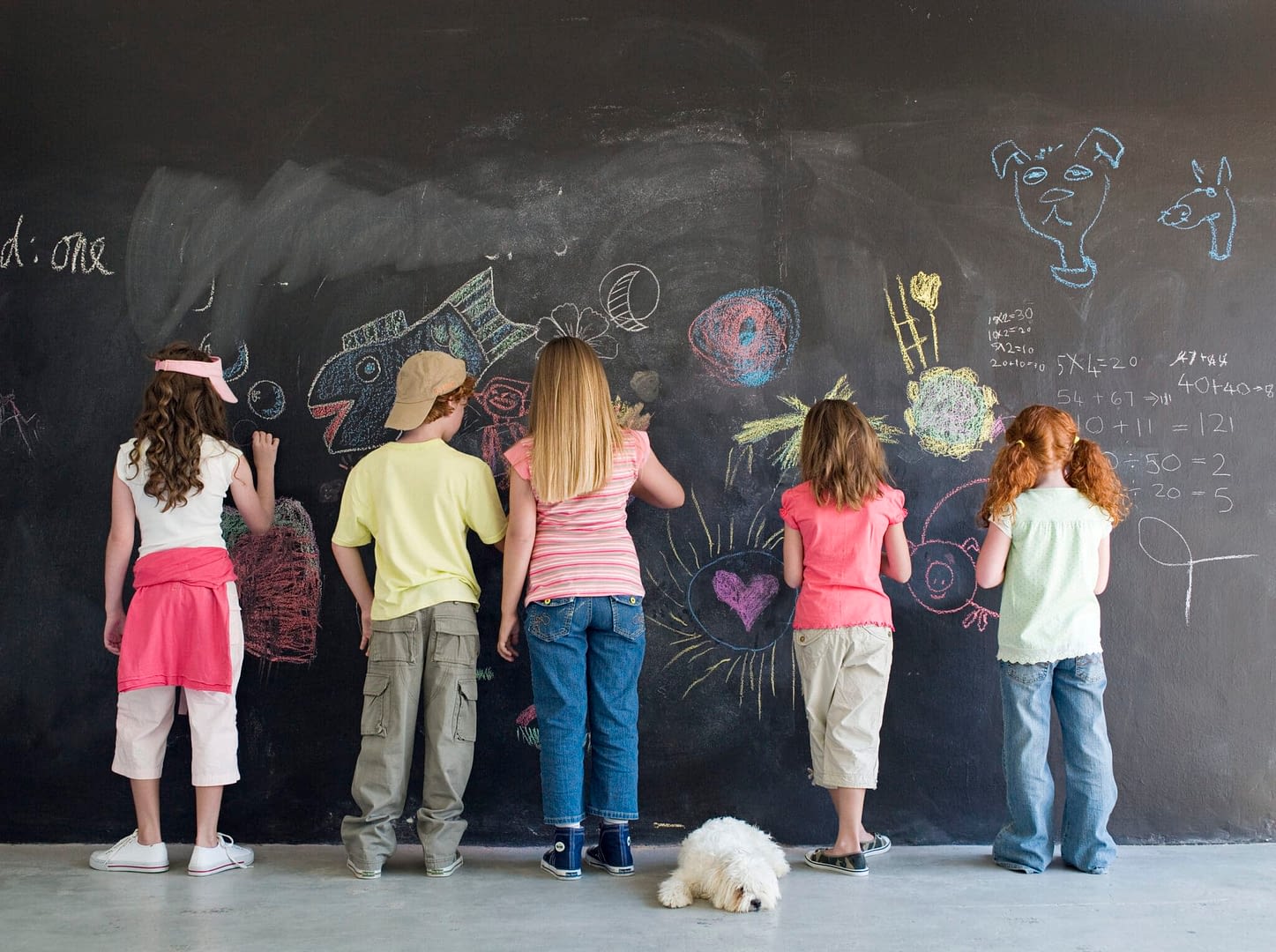What we get to do as pastors is simply set the table for kids to keep company with God.
We all want our kids to know who they are in God—that they are known by Him, loved by Jesus, and led by the Holy Spirit. But how do we help them talk and listen to God so that they know they belong to God?
You probably have heard the words spiritual practices before, but maybe you haven’t considered how spiritual practices are vital to any journey of faith. And if it is vital to a journey of faith, when should we start introducing these practices?
Now when you hear the words spiritual practices, what do you think of? According to Adele Calhoun, the author of the Spiritual Disciplines Handbook, she defines spiritual practices as “a place where we can begin to notice God and respond to His word to us. To keep company with God.”
It is time spent with God in an organized yet spirit-led way. And the beauty of this is that time spent with God can look different for everyone. What we get to do as pastors is simply set the table for kids to keep company with God.
Exploring Spiritual Practices for Kids
When I first started learning and exploring spiritual practices for children, an image popped into my head: all the kids, sitting quietly with their eyes closed, palms facing up, ready to receive what God had for them.
That image was quickly replaced by my children’s ministry reality: a few kids paying attention; another chatting with her friend; two other children rolling on the floor to see who could get across the room without using their legs; and then one kid asking all the questions. But guess what? God wants to meet each one of us where we are at.
What we need to do is make the space for it to happen. It is providing physical space and time to rest in God’s presence.

The Importance of Spiritual Practices for Kids
A dear friend shared with me a metaphor that her spiritual director used to help explain the importance of spiritual practices.
“The Christian life is like being on a boat in a river. When we choose to walk with Jesus and accept Him as the leader in our lives, we step into a boat. Because of the Holy Spirit in us and God’s amazing grace, the river’s current carries the boat down the river. But we can do more than passively ride the current. We can put up the sail, and the Spirit’s wind will carry us farther and more swiftly. Engaging in spiritual practices is like putting up the sail. When we participate in spiritual disciplines—when we “keep company with Jesus” through intentional habits and practices—we allow the Holy Spirit to power our journey.”
Wonder Ink’s 3-year, 52-week children’s ministry curriculum offers kids space to fully find their place in God’s Big Story. Children discover they are Known by God, Loved by Jesus, and Led by the Holy Spirit.
Where to Begin
I want this to be a reality for every person that I encounter, especially the children that I get to journey alongside each week. Now you might be asking, how exactly do I do this? Where do I even start? There are three things I have found that are the base of any spiritual practice, and it has helped me keep things simple and approachable.
- Create space.
- Slow down.
- Engage in curiosity and wonder.
By creating space, allowing for kids to slow down and engage their wonder and curiosity, we are helping kids to be able to notice God and respond to Him. When we keep these three as our base, we are reminded that it doesn’t need to be programmed as much as it needs to be planned. Planning for an atmosphere of wonder is different than programming.
You make the space. You choose the pathway to help kids encounter God (more on this in a minute) and then you get to see God’s Spirit at work. Every kid encounters God differently, and there is so much beauty in that. Pause for a minute and ask yourself: How are you making space for yourself to slow down, be curious, and encounter God?
To introduce children to spiritual practices, I never use the words spiritual practices as I teach them. I choose kid-friendly titles and descriptions, and I choose pathways or activities that I already know the kids enjoy and connect with.
Create space. Slow down. Engage in curiosity and wonder.
Some of these pathways include drawing, coloring, imagining, clay or playdough creations, movement, journaling, art, and play. What are some pathways or activities your kids already enjoy that you could modify to make into a prayer practice?
Ideas for Your Ministry
There are many different ways that you can incorporate what you are already doing into meaningful time for kids to notice God. Here are some suggestions of where you could start:
1. Silence
It does sound crazy but remember that one of our foundational parts of beginning spiritual practices is slowing down.
Try a time of silence for just 20 seconds and have kids answer the question, “Where did you see God today?” Kids just need space and time to be able to notice. How might your ministry change if you ended each session with this time of silence?
2. Reading Scripture
Choose a passage to read together and then ask, “Where did you see God?”
3. Drawing Prayer
Invite kids to draw whatever they would like (or invite them to draw something more specific) but coach them to think about how every time their pencil touches the page, it is time they can talk to God about anything.

4. Playdough Creations
I love to use this during response time after hearing a Bible story. They get to form whatever they are thinking about or you can pose a question that they then mold their response through playdough.
5. Movement Prayer
Praying with our bodies helps us connect more holistically. If I am giving thanks to God, how might I experience it differently if I am moving my arms up towards heaven as I say the words?
How might you incorporate more body movement into your times of prayer with kids?
6. Wondering Time
This is a simple way to get kids thinking outside of facts and more about what they may be hearing from God. Start a phrase with “I wonder…” and share what you are noticing in the story.
7. Play
If a kid’s primary way of making meaning form a very early age is through play, how can we engage play reverently? It is allowing space for exploration and discovery.
Play integrates reality and imagination and can be a primary pathway for kids to encounter God. Try creating prayer stations that incorporate playful materials that kids can use as they respond to God.
How might you integrate play as you invite kids to meet with God?
How might you start incorporating spiritual practices into your children’s ministry?
Check Out These Helpful Resources!
Curriculum Resources
- Top 10 Reasons to Try Wonder Ink Children’s Curriculum for Free
- 5 Things that Make a Great Children’s Curriculum
- Why You Need to Make Sure You’re Using a Bible-Based Children’s Curriculum
- Wonder Ink Orientation
Teaching and Leading Children
- Unpacking the Wonder-filled Kaleidoscope Called Identity
- Bringing the Bible to Life in Your Children’s Ministry
- What If We’re Failing Kids at Faith Formation? And How Not To
- Moving Beyond the Behavior: Getting to the Heart in Your Children’s Ministry





